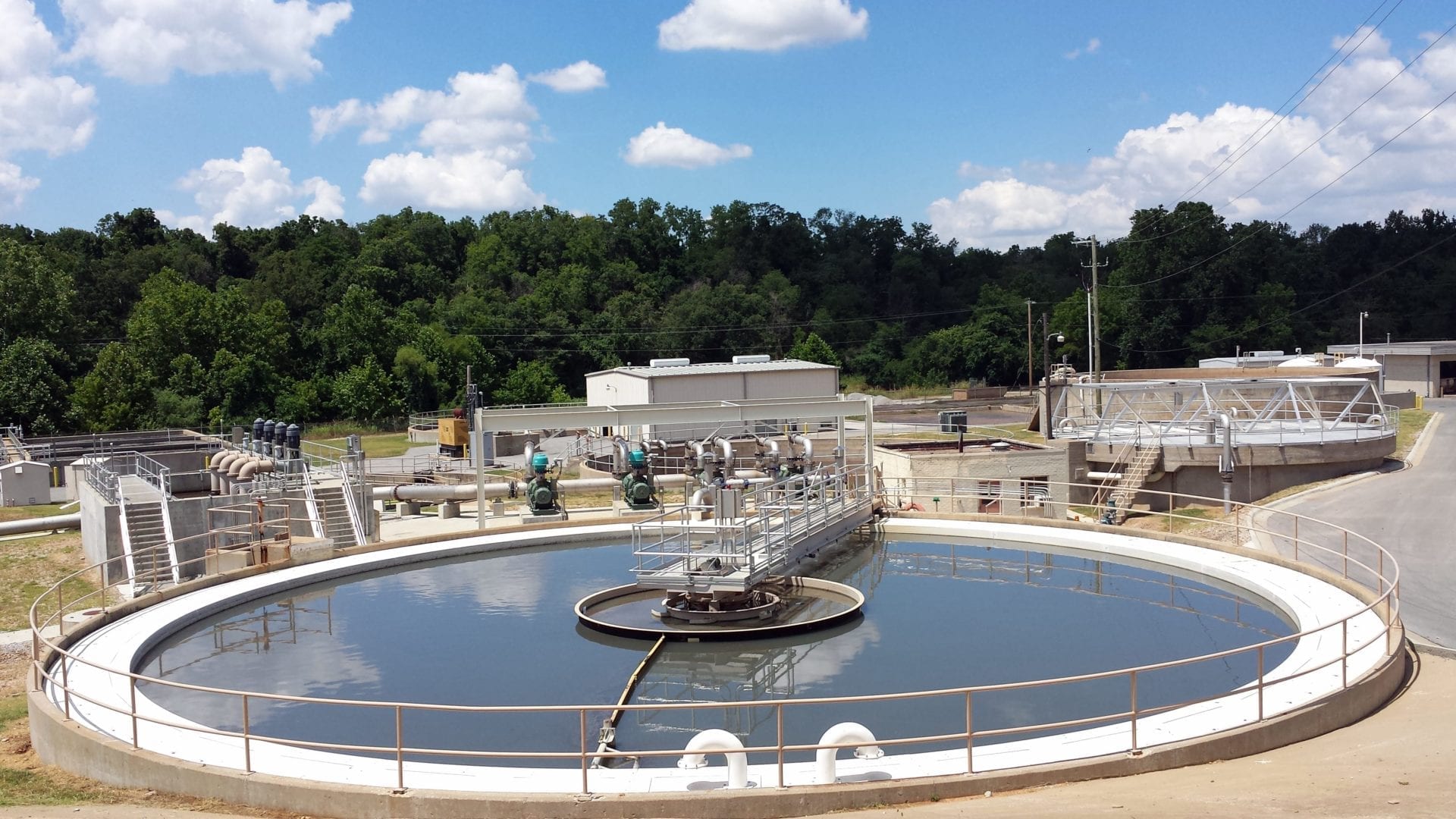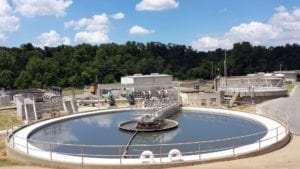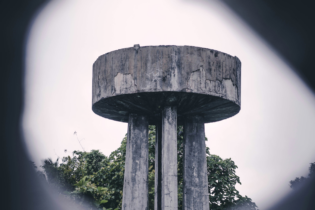
File photo of a wastewater treatment plant. Picture: Supplied.
Water and wastewater engineering company WEC Projects was recently awarded a contract to install a water treatment plant in the southern African country that will pump 120 kilolitres of water per hour.
Construction of the plant has just been completed since being commissioned in December 2016.
Designed for African conditions
The company’s water treatment plants are specialised and built to suit conditions in rural areas where many villagers often drinking untreated water straight from rivers.
Graham Hartlett, sales and marketing manager at WEC, said: “As an expert in this field, we are well aware of just how important a project of this nature can be to the people it will ultimately service.”
He explained that the company’s packaged water treatment plants are ideal for use in Africa as they are “containerised”. This means that build time on site is reduced.
The treatment facilities are also modular, therefore they can easily be adjusted, should conditions in the area change. Additional modules can also be brought in on site when and if it is required.
All components of the system are also constructed in-house. This includes the design, fabrication and manufacture and installation of the products.
Previous project in Zambia
The company previously implemented a water treatment system in the Zambian village of Chongwe. Hartlett said he believes this new project will “be very similar in terms of the incorporated technology and the process design” of the plant in Chongwe village. “We pride ourselves on the quality of experience that we deliver,” he added.
He explained that although the plant in Chongwe is larger in size, the same technologies will be used in the new project. These include raw water extraction, chemical pre‐treatment, flocculation, clarification, filtration and disinfection.
Understanding the environment
Hartlett said the company places a critical focus on effectively understanding the environment in which the plant will be operating. This is done in order to implement a solution that best suits the area, he explained.
“Our solutions are specifically engineered for each client and the exact environment in which their plant will be operating,” Hartlett said. “At the same time, the basic design remains robust and heavy duty, and because it is modular, it is quick and easy to fabricate.”
He explained that this reduces time on site and offers immediate access to the kind of water treatment facilities that are vital in parts of the continent where potable water would otherwise be extremely scarce.









